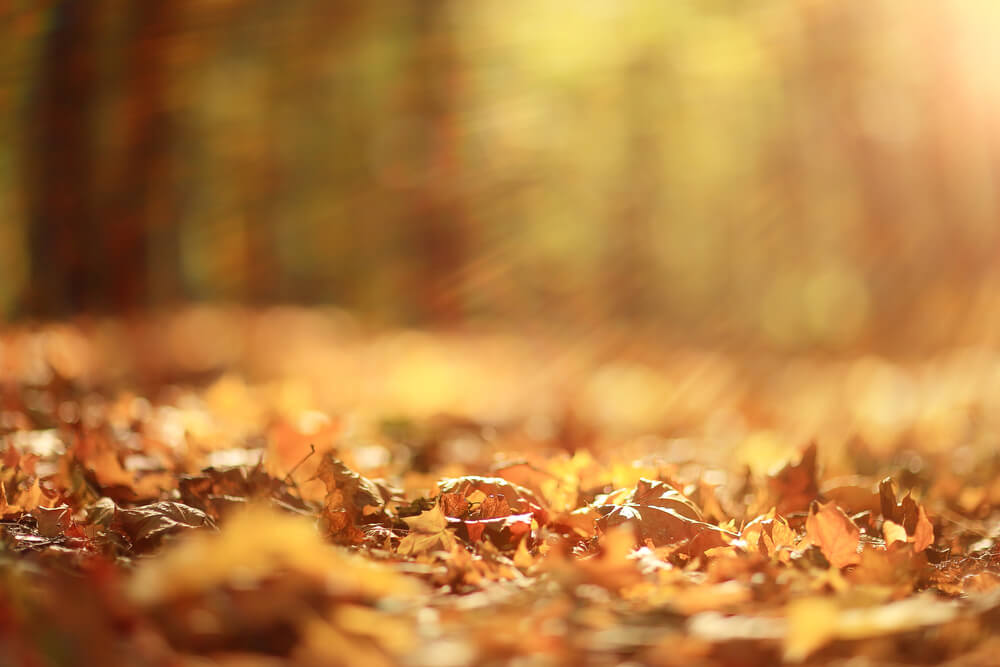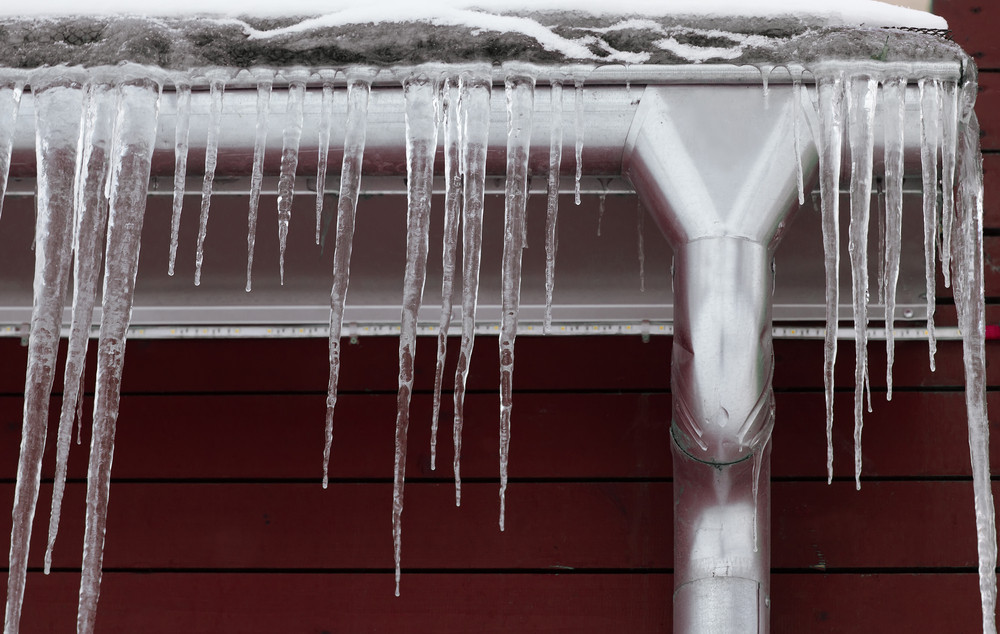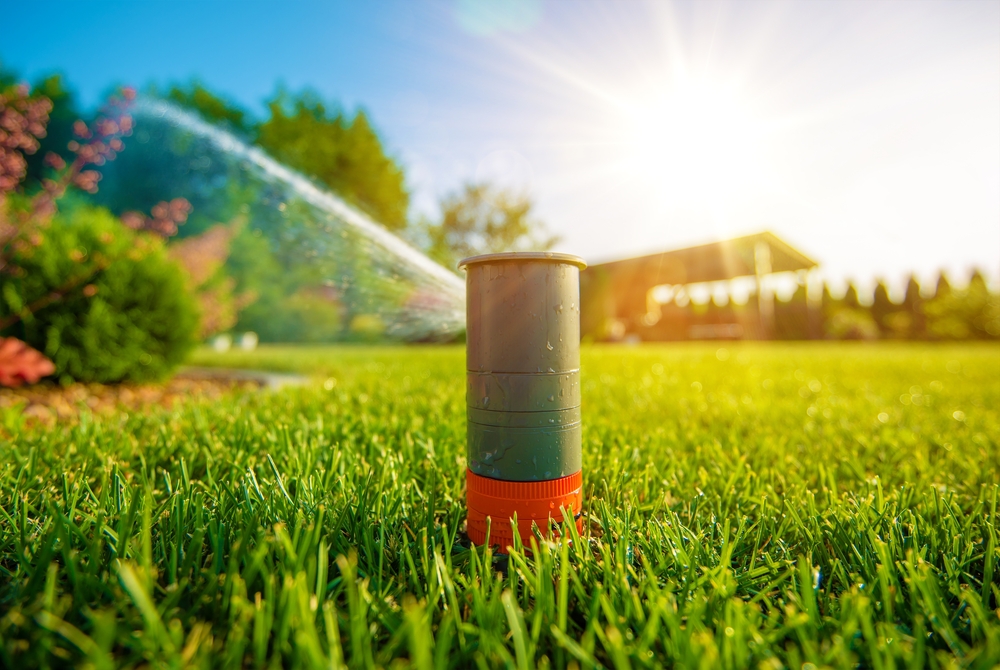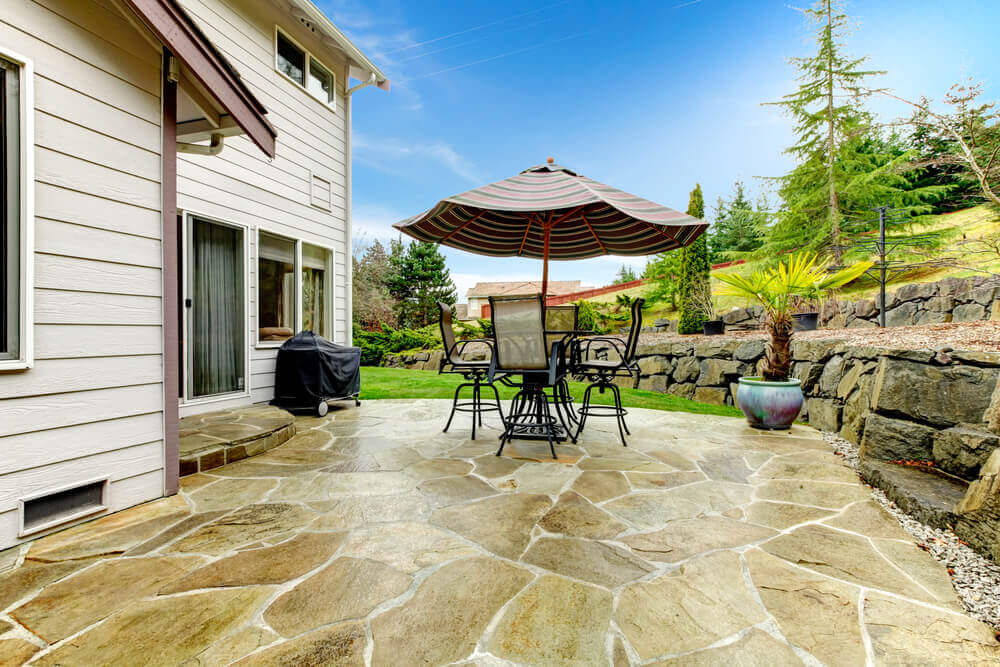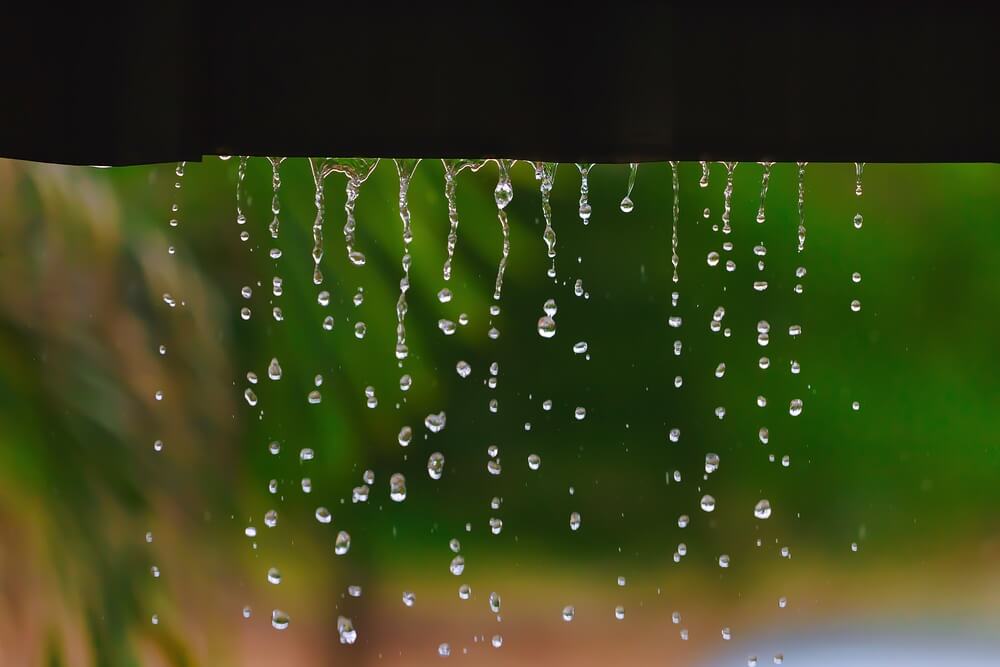Landscape Designs for Smaller Properties Becoming More Linear, Structured
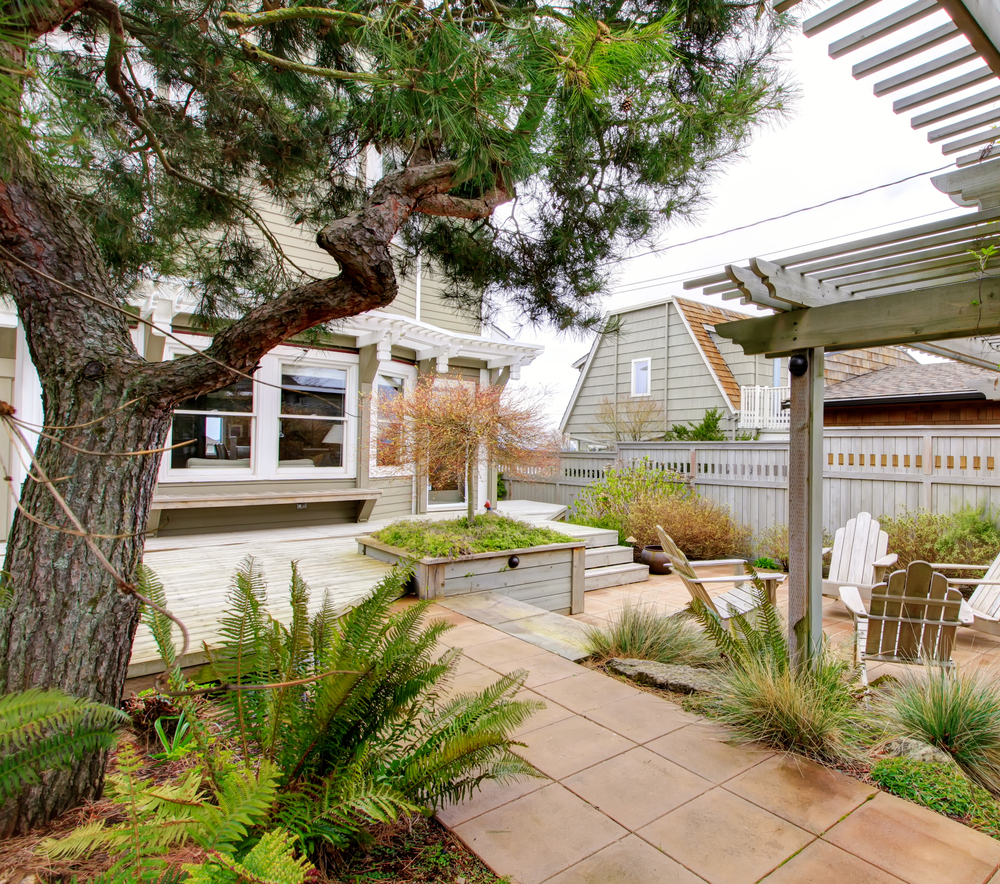
Home landscaping is becoming a little more square and a little less shaggy.
Smaller garden-style homes with small outdoor areas are an opportunity to offer a new, crisp look and reel in those natural, cluttered landscape styles that have been in style in recent years.
Chris Lee, president of Earthworks DFW, has noticed a recent trend that suggest that landscape design is transitioning from its traditional urban sprawl to tighter, more linear styles to blend in with changing architectural schemes that are prevalent in smaller homes.
Beds and plantings are now more linear and sidewalks straighter. Gone are rolling, wavy beds and random shrub placement.
“Traditionally, you never made a straight walkway,” Lee said. “Walkways always kind of waved back and forth. You never made a straight bed edge. The bed edge kind of flowed out and back in and kind of undulated so that it was more natural, because there aren’t a lot of perfectly straight lines in nature. But the current trend or newer trend is that we don’t really care what naturally occurs in nature. We’re going for a more structured look.”
Lee said changes have been slowly working their way into smaller landscapes, but have increased in the past three to four years as demand for less living space in urban settings has increased. Shrinking grounds no longer can accommodate scattered groupings of plants and beds that sprawled across the landscape and suggested a more natural look.
The designs now have to maximize available space, which means simple and contemporary schemes make more sense. Lee said he’s even seeing a comeback for yard art, including big, glazed pots in blacks, whites and grays.
“When I first started doing this 17 years ago, there were terracotta or concrete pots, and when you told somebody a pot was going to cost $350 that was a turnoff,” he said. “Now it’s not at all uncommon for people to go and pick up these high-end glazed contemporary pots and spend big money on them. They add a more contemporary look.”
Lee says four trends are showing up in today’s changing landscape:
Beds becoming more linear
Bed shapes are becoming square, and in some cases smaller. They are simple to design and plotted to accommodate linear plantings.
Plantings in straight lines and grouping
Plantings are being done in straight lines and groupings that are organized, not cluttered. Bushes and shrubs are planted in rows, contradicting previous styles to place them randomly to achieve a more natural look. Grass areas are being similarly designed.
Walkways becoming straighter, more uniform
Curvy, meandering and imperfect walkways and sidewalks are being replaced by straight, textbook paths either using pavement or natural materials. It’s human nature to take the most direct route, and in confined areas it only makes sense to go the straight and narrow.
Yard art, sculptures populate landscape
More sculptures are being introduced into the landscape, including glazed pots and decorative rocks. Colors are out and blacks, whites and grays are in. Statues are also making a comeback.
The new landscape style may not be for everyone. A home, no matter the size, that was built a few decades ago may not benefit from a contemporary look.
“You can’t change the look of a 30-year-old building necessarily,” Lee said. “For some areas it works well, including in some retrofits, but in others it really doesn’t lend itself. But for new or recent construction it is something to consider, especially when space is at a premium.”


